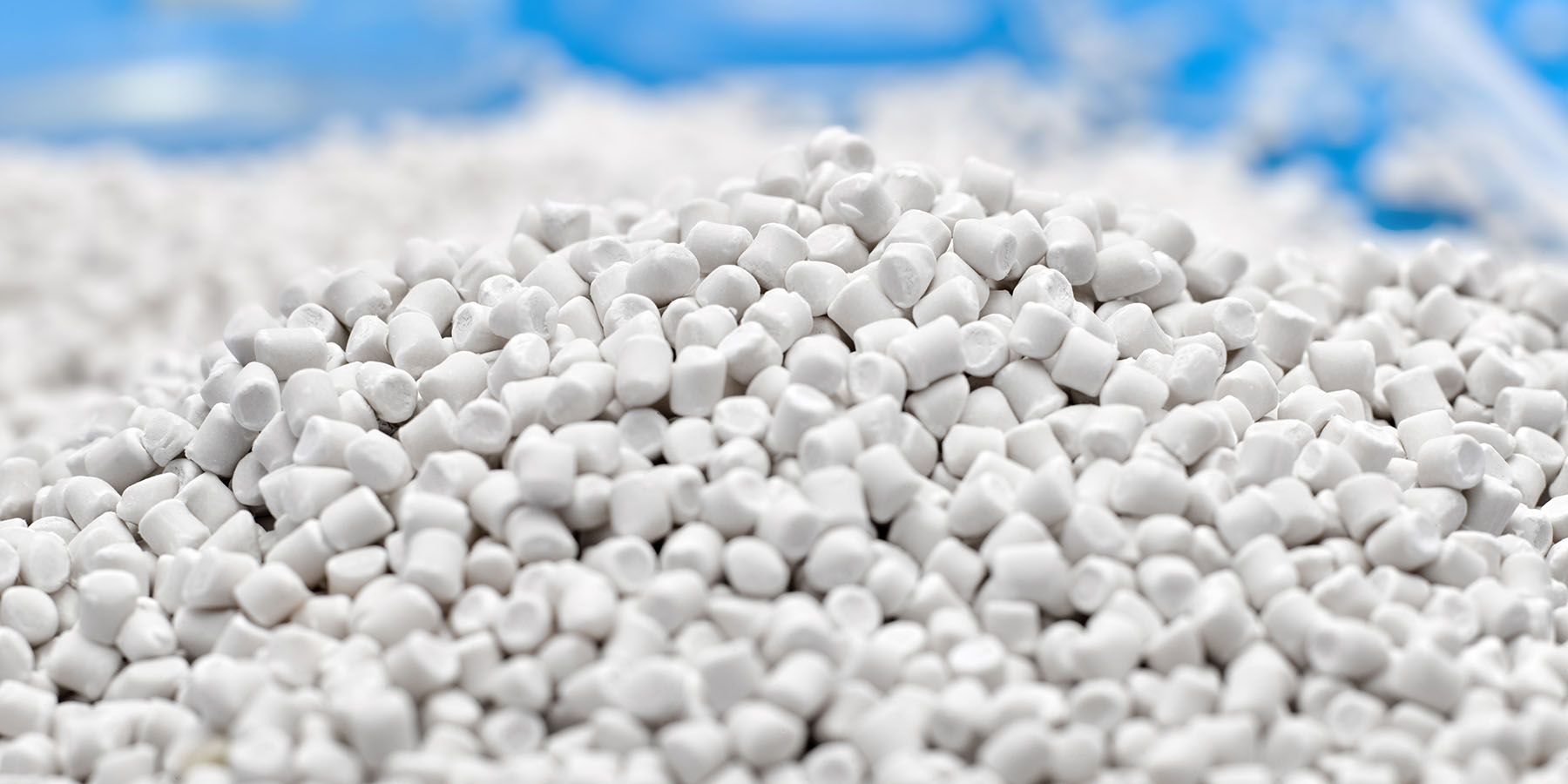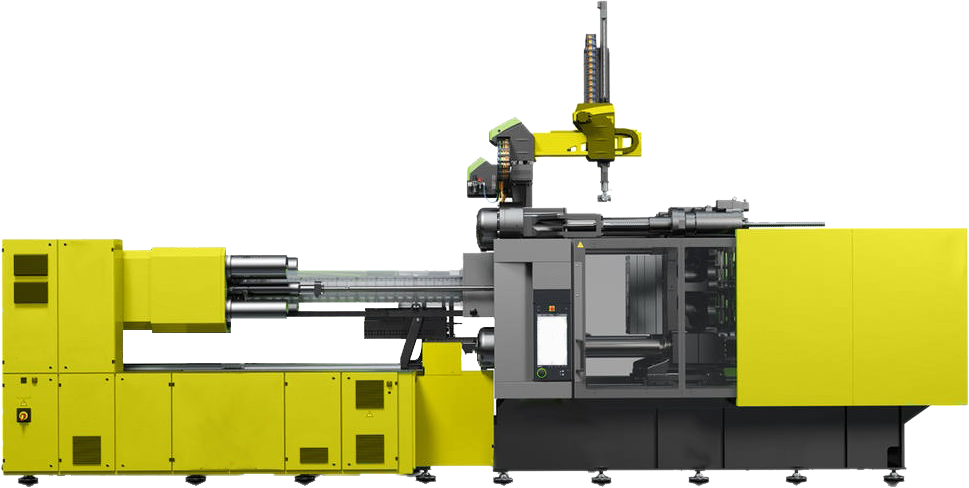Unveiling Plastic Molding: Process, Materials, and Uses
When it comes to manufacturing, finding the right processes to get to an appropriate price point can be challenging, especially when you need to produce your product at a certain price to turn a profit.
When you factor in overseas shipping times and quality control issues, your product can cost you more than you anticipate.
The good news is plastic injection molding can be an excellent option for producing low-cost, high-volume runs. And when you choose to trust CBM Plastics with your plastic production needs, you can also enjoy shorter lead times, on-time delivery, and greater quality control.
CBM Plastics is located in the U.S., which allows us to provide consistent shipping times. We also are staffed with experienced workers who know how to use the latest innovations and technology in manufacturing to produce products up to your quality standards.
Find out how CBM Plastics can make your next plastics manufacturing job a success by contacting us today to discuss your project needs.
What do you mean by Plastic Injection Molding Process?
Plastic injection molding is a type of manufacturing that can be used to make various sizes of plastic parts. An injection molding machine uses raw plastic material and a mold to create the desired piece. The plastic material will be heated to its melting point and injected into the mold. The plastic will harden in the mold as it cools, and the final piece is then ejected from the mold.
What Are the Applications of the Injection Molding Process?
Plastic molding can be used for various applications, making it a popular manufacturing process across several industries. It can be used to make both small and large parts for everything from automotive manufacturing to construction.
The ability to use various plastics and dyes in the process also provides injection molding with extra versatility for manufacturing, making it the ideal option for packaging and point-of-purchase materials.
What Industries Use Plastic Injection Molding?
Many industries depend on plastic injection molding in Illinois to produce plastic parts and products. When companies are looking for an economical way to make large runs of parts that are durable, injection molding is one of the first considerations. While this type of manufacturing process will work in a wide range of applications and industries, some industries that rely on injection molding the most include:
- Automotive: Injection molding is a popular choice for parts in the automotive industry that have intricate designs and require durability. Specific polymers can be chosen to make the parts wear and weather-resistant, which makes it the ideal option for bumpers, mirror housing, dashboards, and smaller plastic components.
- Medical: Plastic parts from injection molding are also widely used in the medical industry. Products in this industry, such as medical devices, require high tensile strength, resistance to high temperatures, and a more intricate design, making injection molding the ideal manufacturing option for many medical products.
- Construction: Injection molding is a popular option for producing parts in the construction industry, such as fasteners and tools. This process is often chosen for parts in the industry as it can provide a cost-effective alternative to wood and metal. Injection molding can produce parts that are highly durable and come in various finish options.
- Plumbing: Plastic plumbing parts and components are becoming more popular since they are resistant to corrosion, have low heat conductivity, and have no chemical reactions. Injection molding is a popular process for making these items as it can be more cost-effective and used to produce all sizes of parts.
- Electronics: While metal and wires are popular in manufacturing electrical components, plastic is also becoming more widely used as it can provide proper insulation and make the component safer. The injection molding process and profile extrusion are often used for insulating covers for electric wiring, as plastic can withstand high temperatures and voltage.

Which Material Is Used for Plastic Molding?
There is a wide range of materials that can be used for plastic injection molding manufacturing. The material selection you choose for your project will largely depend on the properties you need from the plastic resin, along with the desired look of the final project.
Heat-resistance
When you need your final part or product to be heat-resistant, some of the most popular polymers include polycarbonate and polyetherimide. Polycarbonate is transparent and offers heat resistance and a high-end cosmetic finish. Polyetherimide is flame retardant, strong, chemical resistant, and heat-resistant.
Durability
If durability is a concern with your final product, such as in the case of automotive products, some of the most commonly used materials include polypropylene, acrylonitrile butadiene styrene, polymethyl methacrylate, and high-density polyethylene.
Polypropylene is wear-resistant and resistant to acids and bases. High-density polyethylene has a high level of ductility, strong impact resistance, and is also moisture resistant.
Acrylonitrile butadiene styrene and polymethyl methacrylates are impact and scratch-resistant, but the latter boasts a high gloss finish and is commonly used in thinner designs.
Flexibility
Flexibility may also be a concern when making parts for electrical components or the automotive industry. Polyoxymethylene has good elasticity and is also resistant to several organic solvents. Polybutylene terephthalate is not only flexible but also has good electrical properties.
Different materials will work best with certain products. Not sure which polymer will work best for your plastics project? CBM Plastics is here to help. Contact us today to determine which option will provide the best outcome for your plastic projects.
What Products Are Made From Plastic Injection Molding?
The plastic injection molding manufacturing process is used to create a wide range of products. Some products are used in the manufacturing process, while others can be used to make consumer products. While almost any size or shape of plastic part or product can be made using plastic injection, below are some of the most common items created using this type of manufacturing process.
- Bottles: Billions of plastic bottles and bottle caps are produced yearly using plastic injection molding. They are most commonly created with polyethylene terephthalate, which is strong and lightweight.
- Toys: Due to its ability to create plastic parts and products in various sizes and colors, injection molding is often used in toy production. Toy production also benefits from the ability of injection molding to produce uniform and consistent pieces on longer and repeat runs.
- Electrical housings: Since injection molding can use plastic materials with good electrical properties, it is a popular option for creating electrical housings used in remote controls, televisions, and computers.
- Household goods: Many household plastic products are made using plastic injection molding. Household products commonly manufactured with the injection molding process include flower pots, containers, and drinkware.
- Automotive parts: Injection molding can produce products that are intricate and durable, which makes them ideal for matching components in automobiles, such as bumpers, cup holders, dashboards, and the controls on the radio.
- Disposable medical supplies: Since many plastics in the healthcare industry are disposable to prevent the spread of germs, plastics are a popular material for creating them. Injection molding allows for high-volume consistent runs and is commonly used to produce medical trays, plastic syringes, and medical device attachments.
- Construction fasteners and components: Plastic injection molding is used in producing parts and fasteners used in both commercial and residential construction, such as insulators, flooring panels, and vents.
- Merchandising displays: Point-of-purchase displays and other merchandising materials often use the plastic injection molding process. Common products made with this process include display racks, trays, and merchandise holders.
- Plastic food containers: Serving pans, trays, and disposable packaging are commonly made using this manufacturing process due to the ability to utilize food-grade polymers and produce the products at a lower per-piece price.
What Are the Advantages of Plastic Injection Molding?
From low costs to a high degree of consistency, there are many reasons that injection molding is one of the most popular options for plastics manufacturing. Some of the advantages that plastic injection molding has over other types of manufacturing include the following:
- Greater versatility: Plastic injection molding allows for a wide selection of thermoplastic options, each with different properties. You can also utilize colored plastic materials or include additives to customize the final appearance of your plastic product or part and create a mold design of any size and intricacies. This makes injection molding ideal for even the most complicated designs.
- Lower cost: Injection molding can be highly cost-effective, especially for longer or repeat runs. One mold can last for many years without needing to be re-tooled. While the cost of the mold may be expensive depending on the size and detail, after that cost is satisfied, the price per piece will be lower than many other manufacturing options.
- Improved quality and consistency: Since a mold is used to create the product or part, with proper control measures, plastic injection molding can produce high-quality runs with strong consistency throughout. This can be vital when making parts that need to fit together, such as automotive parts.
- Less waste: Plastic injection molding has lower scrap rates than other processes, such as CNC machining. Unused plastic material can be reheated and reused, meaning the job will be produced with minimal waste.
What Are the Disadvantages of the Plastic Injection Molding Process?
While many reasons can make injection molding the best option for your high-volume plastic project, there are some drawbacks to this option that should be considered when making your manufacturing decision.
- Lead times can be extended: While the actual production process of injection molding is highly efficient, the tooling process of the mold can lead to longer lead times.
- Tooling costs can be high: The mold is the most expensive part of the injection molding manufacturing process and can make the per-piece price too high when the volume production is low.
- Changes can be expensive: 3D printing and other manufacturing options can allow for easier changes with the part and product design. If you have to constantly redesign or modify your mold, it may be more cost-effective to consider other manufacturing options.

How Does the Plastic Injection Molding Process Work?
The plastic injection molding process involves heating a plastic polymer to its melting point and then injecting it into a mold. Once in the mold, the plastic will cool down and harden before removal. Cooling times can be adjusted based on the material used and how thick the material is. Automation can speed up the process, and the mold can be used for a high volume of product making, allowing for an efficient run once it is set up.
How Long Does the Injection Molding Process Take?
The lead times for plastic injection molding can vary greatly depending on the size of the run as well as the complexity of the mold. The time to create the mold can range anywhere between 8 and 14 weeks. Once the mold’s final design is approved, the production completion will depend on how many pieces are being produced and the complexity of assembly after the run. For more details on lead times and processes, refer to our custom plastic injection molding FAQs.
Let CBM Plastics Assist You With Your Next Plastic Project
Whether you are looking for injection molding services for your high-volume product run or a way to consistently manufacture intricate parts, CBM Plastics can help. With more than 25 years of experience in plastics manufacturing and state-of-the-art equipment, CBM plastics can help you produce high-quality, consistent parts and products no matter your industry. Contact CBM Plastics today to find the best options for your next project.

